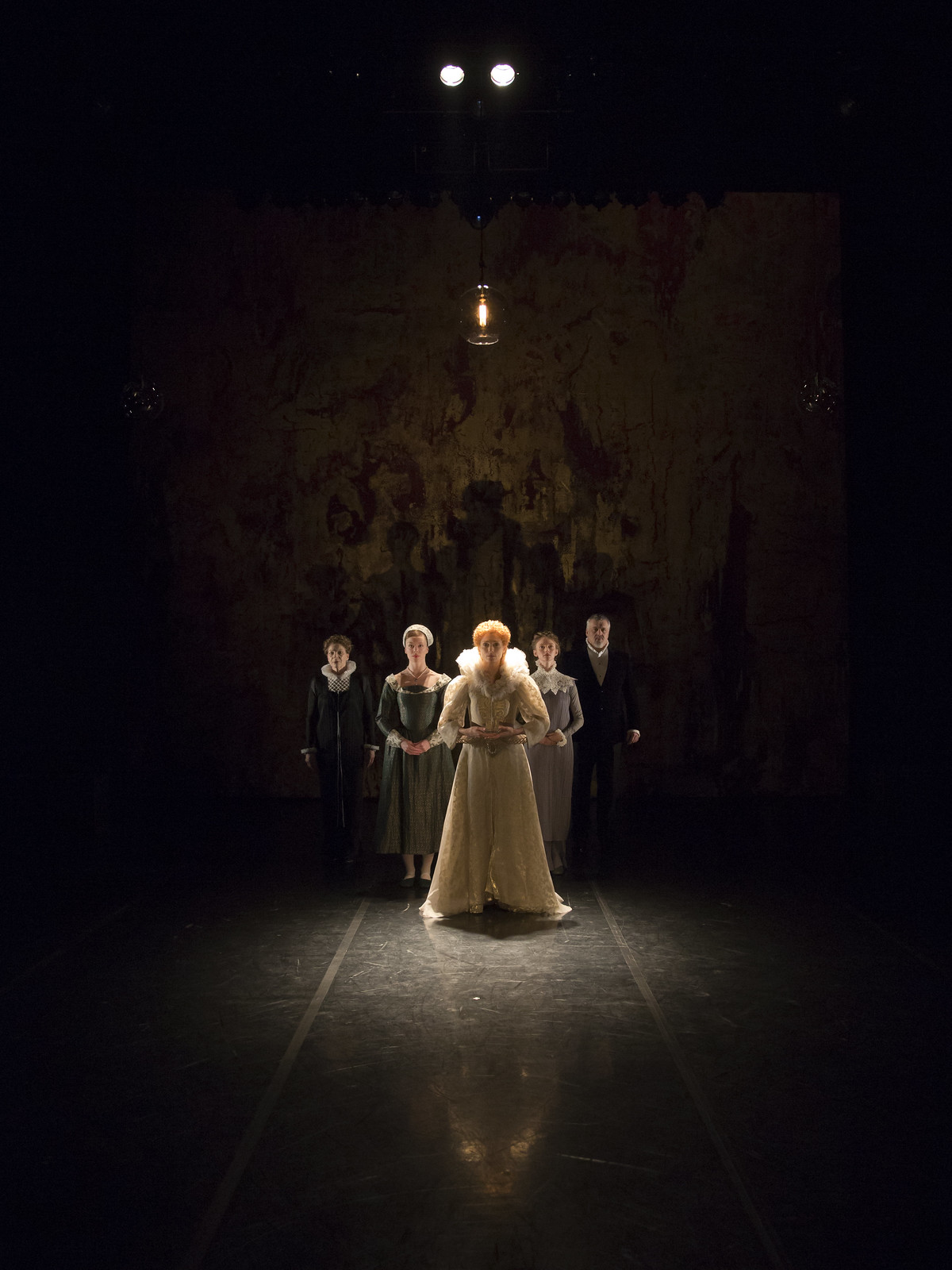Strapless' Two Narratives
Strapless tells two stories — that of Sargent's repressed fantasies, and Amélie's salacious outing. The story opens on Sargent painting Pozzi, where the audience spies traces of his true sexual orientation in the tender way he positions Pozzi. Amélie enters soon after, and Pozzi is passed over to serve as her plot device, by sleeping with her and laying the groundwork for her debauchery. In the following party scene, we are introduced to Sargent's relationship with Albert, and have a fleeting development in Amélie's plot as she decides to commission a work from Sargent.
 |
| Parallel storylines for Amélie and Sargent. Source: DanceTabs |
There are two main reasons why the narratives fall short of their emotional promise: a lack of stakes, and an absence of touchpoints between the two storylines.
Insufficient Stakes
The first error is mostly committed by Sargent's storyline — where there are never any stakes established for his potential outing. Perhaps one is to assume the backdrop that being gay was a grievous social transgression then, but the dangers of this are never made clear in the piece. Sargent flirts quite casually with both Pozzi and Albert, such that you assume his impunity from the beginning. Hence the unfolding of events in the ballet have almost no bearing for him — it becomes a terribly banal, straightforward story of Just another day in the life of John Singer Sargent.
The stakes seem clearer for Amélie, as a socialite with all her standing to lose. However, right from the get go, Wheeldon establishes her as an adulterer, indicating that she was perhaps already well on her way to becoming a pariah. The stakes of the painting itself are therefore brought lower, when her eventual outcasting appears inevitable.
Consequently, for both Amélie and Sargent, the audience is never able to truly invest in the rise to the climax and the fallout from it, as there are simply no relevant stakes at play.
Inconsequential Touchpoints
The second key way the piece suffers is that the narratives fail to effectively interweave. For two narratives to do so, they should share touchpoints that serve as a turnkey for both — such as (1) both undergoing the same initiating event but arriving at different outcomes; or (2) both starting from different places to come to the same eventuality. Such interweaving allows two divergent stories to resonate, where the audience gains a greater appreciation for the significance of factors in one story because of the counterexample provided in the other. In the case of Strapless, the audience must ideally walk away with an understanding of what factors in Sargent's life enabled him to escape the fate of social exile that Amélie could not.
 |
| Ineffectively intertwined. Source: DanceTabs |
For example, while Amélie and Sargent may begin with the same touchpoint of Pozzi, whom both use as an object of sexual desire, their interactions with him do not appear to be the reasons why Sargent's and Amélie's fates diverge, since both had illicit dalliances with him. Therefore, Pozzi serves as an effective foil to establish who the characters are, but does not serve the purpose of starting the characters on meaningfully divergent paths.
More likely, the cleaving event is meant to be the painting itself — the third scene, where Sargent substitutes Amélie with Albert for inspiration. However as much as this (supposedly) may be a pivotal moment for Sargent, where he perhaps embraces the truth and immutability of his feelings for Albert, this moment has no meaning for Amélie. She is merely a prop in this revelation for Sargent, and as such her own journey makes no progress.
I wonder if Wheeldon in fact meant this, where the weight of the story lies in how Amélie's fate was simply collateral damage in another man's selfish satisfaction. But to make this of consequence to Amélie's narrative, he has to show just how much this event matters to her — perhaps by removing her as the third wheel in the pas de trois, and elevating her half of the story with a solo, where she rejoices at the painting's completion, assuming it will only bring her greater social stature.
An Inexplicable Conclusion
Ultimately, because of these various shortcomings, the audience is never able to understand why the painting matters at all. The stakes that it is meant to be invested with are never well established, dulling the purpose of the story. Furthermore, the story is complicated by two narratives which are unable to bring each other any closer to meaning — but again, with no stakes at play, there simply is no meaning to hammer home. Consequently, Strapless really has nothing to say.
There are a couple of ways I suppose the piece might have been fixed. Certainly, the dichotomy of Sargent's and Amélie's fates... the seemingly unwarranted furore over a simple strap, etc. are fascinating raw material. If Wheeldon is still hoping to anchor the piece on why their fates diverged, he might perhaps consider the answer that Amélie's adulterous misdeeds were well known, while Sargent's were not. He might then have built the corps around them to indicate that the public was more aware of one than the other, such that the blame of the piece reflexively fell to Amélie in the end. Rather than building up Amélie's social capital (e.g. through her solo prior to the unveiling) only to artificially contrast her downfall (because the audience knows she was an adulterous pariah already), the piece might focus on how Sargent and Amélie managed the public's perceptions of them quite differently.
Or, they could have simply pulled a Symphonic Dances — and built moves that flow so seamlessly with the music, and are so intoxicating to the senses, that no one could bother any less about a story that begins with a bold overhaul of gender norms, only to end with surprising misogyny. (I shall get to you later, Liam Scarlett. Perhaps.)








